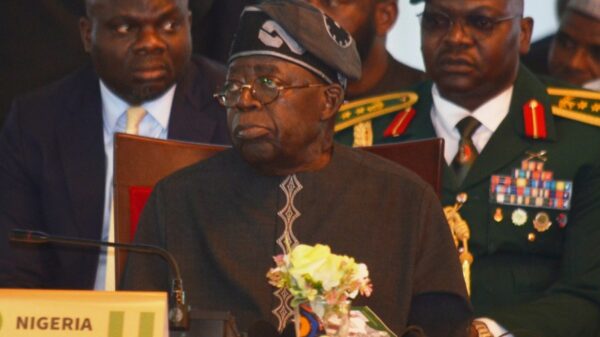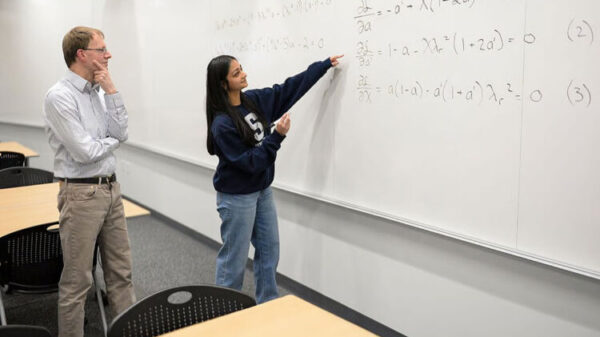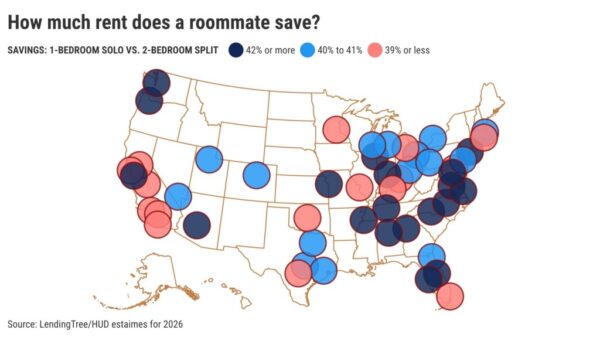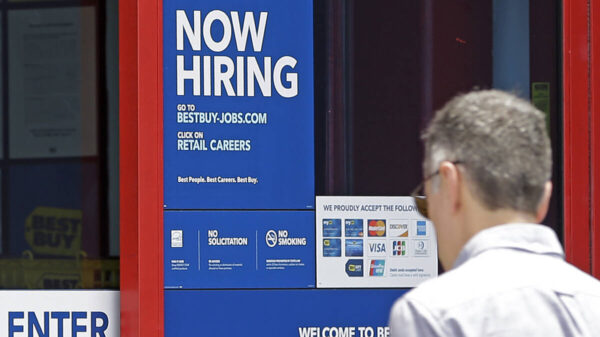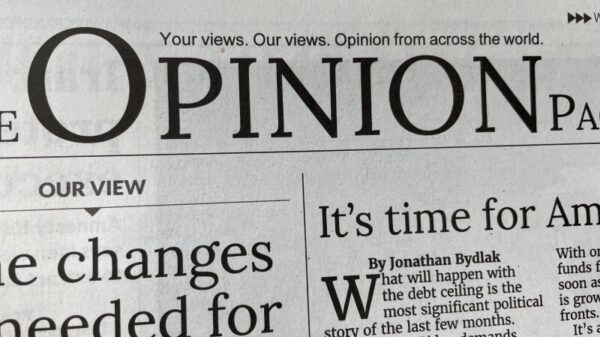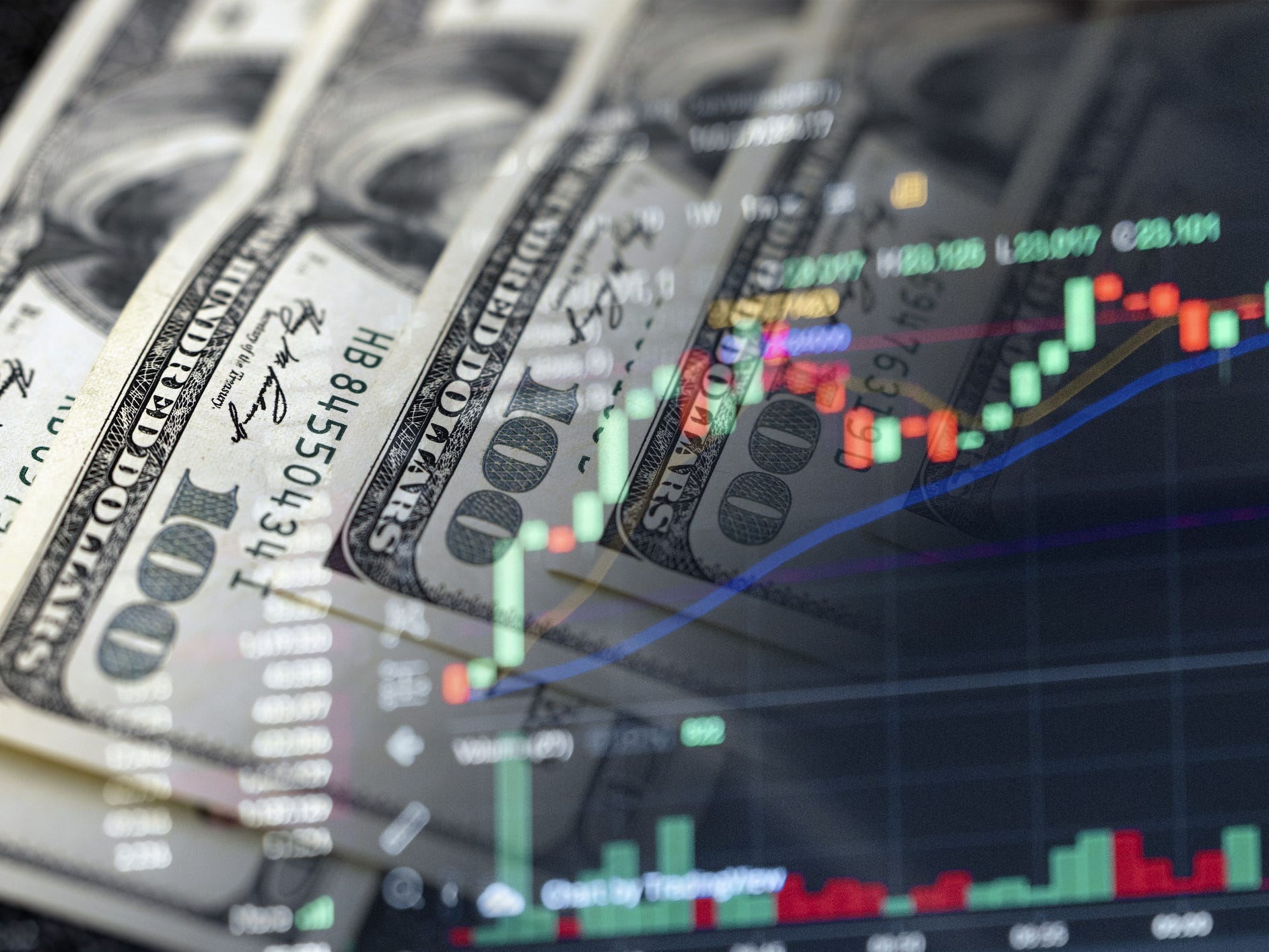URGENT UPDATE: Tech expert Erik Gordon warns that investors could face losses from the AI boom that far exceed those from the dot-com crash. Speaking to Business Insider, Gordon highlighted the staggering scale of potential financial fallout from the AI sector, particularly with startups like CoreWeave.
In a stark comparison, Gordon stated that the AI boom represents an “order-of-magnitude overvaluation bubble,” predicting that more investors will suffer far greater losses than those experienced during the early 2000s crash. He emphasized, “more investors will suffer than suffered in the dot-com crash, and their suffering will be more painful” as the AI bubble bursts.
CoreWeave, an AI infrastructure startup backed by Nvidia, has witnessed a sharp market decline. Its stock plummeted by 30% in just two days, erasing approximately $23 billion from its market capitalization. This dramatic fall came after the company reported widening losses and ongoing infrastructure challenges.
Gordon contrasted CoreWeave’s predicament with that of Pets.com, the infamous online pet-food retailer that became a symbol of the dot-com bubble. Pets.com reached a market value of $410 million before declaring bankruptcy within a year. He noted that CoreWeave’s recent losses represent a staggering 56 times the peak market cap of Pets.com, illustrating the severity of the current situation.
The implications of this crisis extend beyond just CoreWeave. The collapse of the dot-com bubble in 2000 saw the S&P 500 index, including dividends, drop by approximately 9% in 2000, 12% in 2001, and 22% in 2002, resulting in numerous bankruptcies and job losses across the tech sector.
Gordon previously indicated that more people are currently invested in AI than were in dot-com companies 25 years ago. He warned of a potential wave of financial distress, suggesting that those burned by the collapse may resort to cutbacks in spending, saying they would “cook at home to save money” as a response to the impending economic crisis.
Despite the warnings, some investors like Kevin O’Leary have dismissed the notion that the current AI surge mirrors the dot-com hype. O’Leary argues that the productivity gains from AI can be measured in real dollar terms, setting it apart from past bubbles.
As the situation continues to develop, all eyes will be on the tech sector and its potential to rebound or falter in the face of growing scrutiny. Investors are urged to remain vigilant as the financial landscape evolves.




